A little more than a decade ago, building a tiny house as a living space likely seemed like a fringe idea to most people. For decades, the average size of single-family houses in the U.S. had only grown. According to data from the U.S. Census, the average square footage of new houses built in the U.S. increased by 50.8% between 1973 and 2022 – from 1,528 ft2 to 2,299 ft2. The idea of building a house that was intentionally small went directly against this trend.
But today, the tiny house movement has become certifiably mainstream. Whether built as a primary residence or as an additional dwelling unit (ADU) on a homeowner’s property, tiny homes are more commonplace than ever – and continuing to gain popularity. In this article, we explore some of the statistics behind the tiny house market and reasons for the rise of the tiny home in the U.S.
The Tiny House Market Is Booming
Just 15 years ago, Americans’ curiosity about tiny homes was virtually non-existent. Today, it has become a consistently hot topic for people on the internet. According to Google Trends data, search interest in “tiny homes” has grown by 2,100% since 2008.
This meteoric rise has correlated with a significant increase in the number of tiny homes being built. There are more than 60,000 tiny houses listed for rent on AirBnB alone, according to data from iProperty Management.
That number is likely to continue to grow. Market forecasters predict that the number of tiny houses built in the U.S. will grow by 4.88% annually between 2022 and 2027.
Affordability Is a Major Driver of the Tiny Home Boom
The surge in the popularity of tiny houses is, in part, a response to the rapid growth in property values in many parts of the country. According to data from the U.S. Census, the average sales price of homes in the U.S. has increased by 90.3% over the last 15 years, reaching $431,000 at the beginning of the third quarter of 2023.
Traditional homes have become substantially less affordable in recent years. For many, they’ve become simply unaffordable.
Tiny Houses Are Significantly Cheaper To Build
With home prices now out of reach for many people, a tiny home serves as a more affordable alternative. The average price of a tiny home in 2021 was $52,000, compared to an average of $411,200 for a traditional home in that same year. That means that the average tiny house is roughly 87% cheaper than a traditional home.
The significantly lower cost of a tiny house makes it a more conservative financial decision for budget-conscious home buyers. For some, it may be the only option.
Higher Mortgage Rates Have Increased the Affordability Gap
Most people don’t buy a home with cash, and instead finance their purchase with a mortgage. That means that homebuyers pay interest based on the sale price of the home, minus their down payment. While the sale price of a traditional home is already hundreds of thousands of dollars more than the average tiny house, the difference in total cost increases even more when you factor in the cost of interest.
Even at the lower interest rates of a few years ago, that difference can be enormous. But since 2022, mortgage rates have increased substantially. As of November, 2023, the average interest rate on a 30-year mortgage is 7.5%.
At those rates, a homebuyer would end up paying $1,006,869 to borrow $400,000 on a $430,000 home. By comparison, a homebuyer who borrows $47,000 to purchase a $52,000 tiny home would end up paying a total of $118,307 over the course of a 30-year mortgage. That brings the difference in total cost up from $378,000 to $888,562.
These figures do not account for additional costs such as property taxes that are also based on the value of the home. Factoring these in adds even more to the cost discrepancy.
Utilities Are Also Cheaper For Tiny Homes
Tiny houses aren’t just cheaper to buy, they’re also cheaper to live in. With less square footage, heating and cooling a tiny house costs far less than it would for a traditional home. Traditional homes also have more lights, appliances, and other features that use power, meaning that electricity bills are also likely to be cheaper for tiny houses.

Environmental Impact Is Also a Factor
Finances aren’t the only reason that the tiny house movement has gained momentum. As people have started to become more concerned with environmental issues, more people are taking their environmental footprint into account when making big decisions. That includes housing.
In one survey, 48% of respondents cited “eco-friendliness” as one of the most appealing factors of tiny homes. And the difference in environmental impact of tiny homes and traditional homes can be massive. Some of the more eye-opening statistics include:
- On average, a tiny home uses around 7% of the energy that a traditional house uses.
- Tiny homes produce about 2,000 pounds of CO2 emissions each year, compared to the 28,000 pounds of CO2 produced by an average-sized traditional house annually.
- Tiny houses have a 36% lower greenhouse effect than average-sized single family homes.
Building a tiny house also uses significantly fewer resources than building a standard home. With a much smaller footprint, tiny houses use fewer materials, such as timber, wiring, roofing, and more. They also require less disruption to land and use less water in the building process.
The difference in environmental impact overall is vast between tiny homes and traditional homes. For eco-conscious homebuyers, this can be a major selling point. As people have become more concerned about the environment, these considerations are likely a significant factor in the rise in popularity of tiny homes.
The Tiny House Movement Is Here To Stay – and Growing
The economic and environmental advantages of tiny homes are two of the biggest factors in their growth in prominence, but not the only ones. For example, 44% of people surveyed cited a “minimal lifestyle” as one of the most appealing factors of tiny houses.
Many of the trends that have contributed to the increase in tiny houses are likely to continue. But even if mortgage rates drop significantly and home prices start to slide, it’s clear that the idea of living in smaller spaces – or building them to rent to others – has taken hold. As more people demonstrate that living in a small space is possible, and perhaps even preferable, awareness and curiosity around tiny houses will only continue to grow.

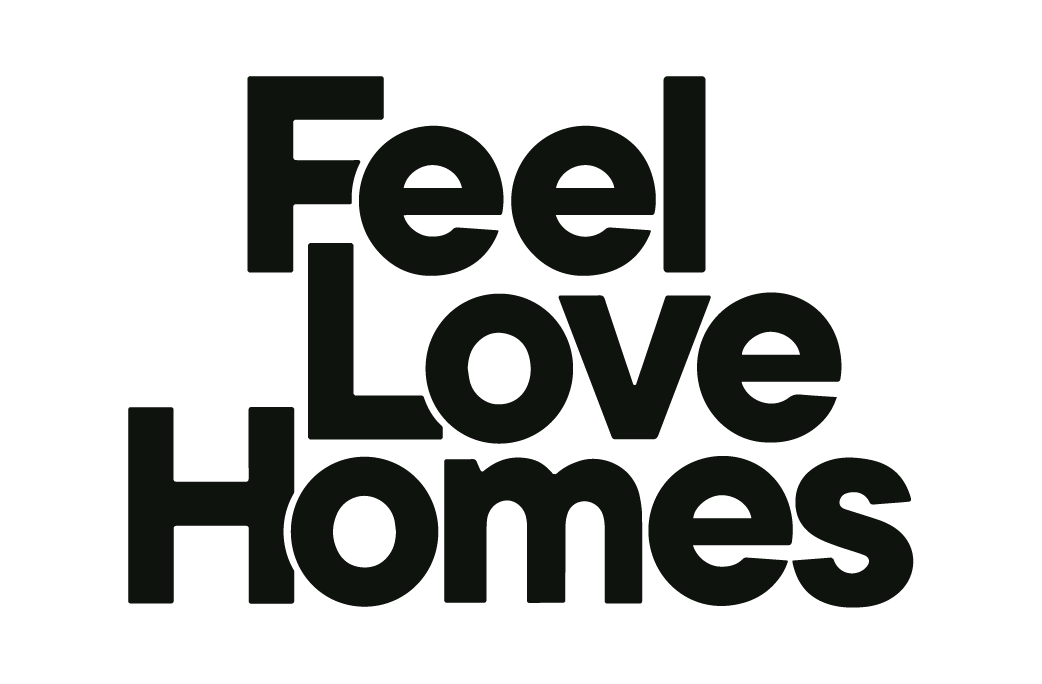
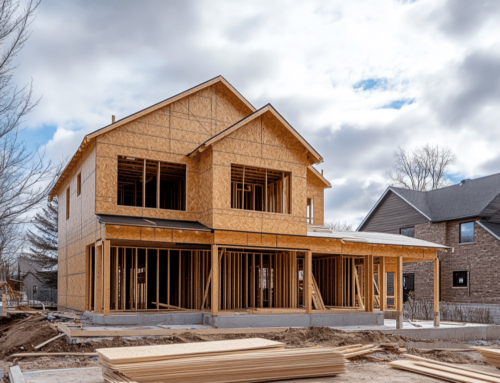
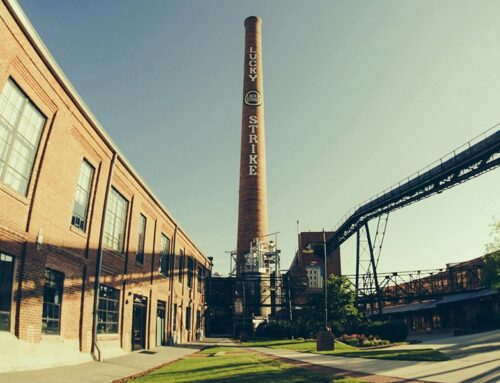
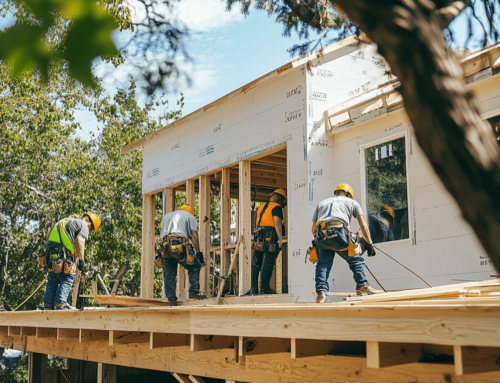
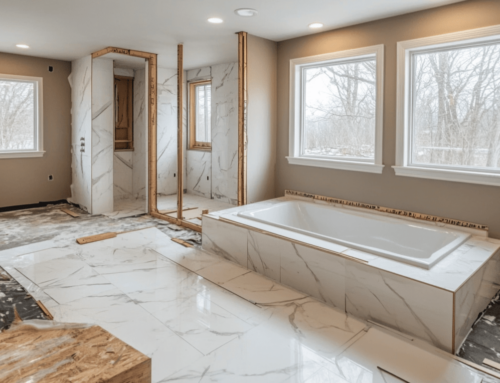
Leave A Comment